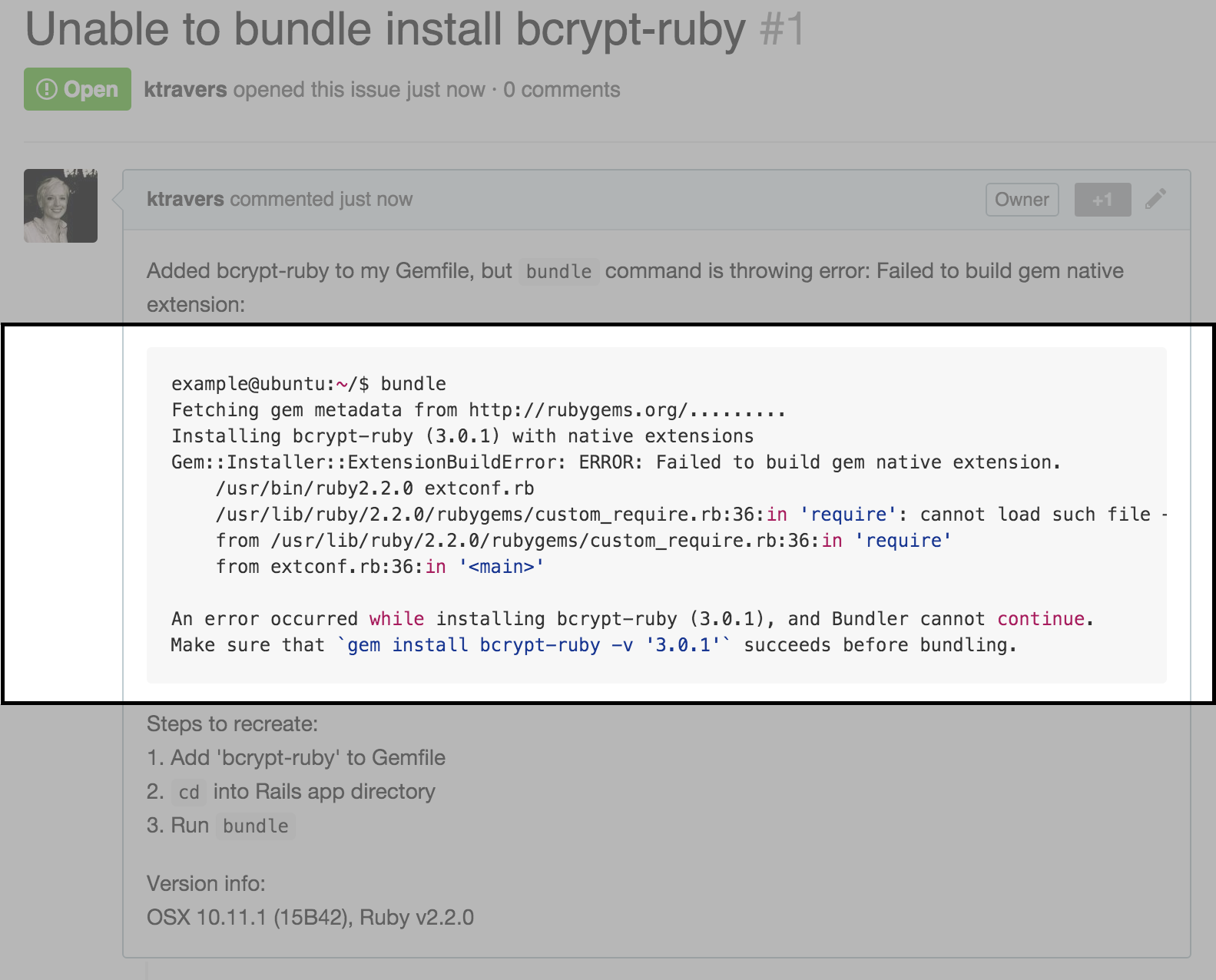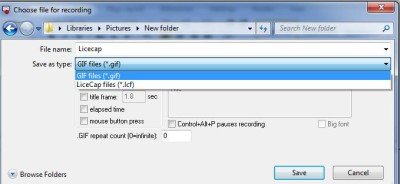

It’s a transparent window you position over what you’d like to record, push Record, push Stop. LICEcap has just a minimal user interface. This is my most-used GIF making app these days, but the limited options, like not being able to do much to control file size, do sometimes push me to other apps. Size it to a width of 640px, 480px, or 320px (the only options)Īpparently this app is an evolution of GifGrabber, and the people that adored that hate this, but that’s the internet for you.

You can also edit it before you upload or save it, and can: You can upload it to GIPHY, which is useful if you need online storage for it, but you can also save it locally. After recording one, you click on the icon of it to open this screen: GIFs you record will go into the bottom bar. Put it over where you want to record, hit record, hit stop.Įverytime you open the app is like a session. I use a Mac so these are mostly Mac things.Īvailable on the app store, GIPHY CAPTURE has an extremely easy interface. GIFs can be tremendously useful and communicate better than a still image or even video in some circumstances. I actually thought my days with LICEcap were over, but writing this post made me discover that a 64-bit version has been out since February 2018, so shame on me.ĭoing some minimal amounts of research for this post, I also discovered that LICEcap’s developer is Justin Frankel of Winamp fame.These are the ways in which I make GIFs. If I need more, that usually means that I should do the recording with something like ScreenFlow instead. LICEcap doesn’t have a bunch of options and settings. Turns out, convenience trumps feature lists. Being able to quickly do the screen capture and have the GIF ready for sharing in the instant you stop the recording is really convenient. In fact, I used it to screen capture how LICEcap works.īut the reason I’m always reaching for LICEcap when I need those moving pixels captured is that it records directly to the file. It does a lot more than LICEcap, and is even written in the world-eating JavaScript programming language. An obvious mention is Kap by these wonderful people. There are loads of cool screen capture to GIF tools out there. I know you should think twice before putting animated GIFs on your webpage (because they tend to be huge), but I sometimes make that sin too. It can be to document some bug I found, show my colleagues at Sanity.io something cool, a clever tweet, or useful visual context when I’m helping other people out some project. Not a day goes by without me having to record something I do on the screen. You know, like reliable keyboards and SD-card slots.īut this post isn’t about how Apple has lost its edge with its new perfect circular new campus, but about one of my favorite little apps, the GIF screen capture tool LICEcap. Only to discover that the brilliant engineers of Palo Alto had decided that 32-bit apps weren’t in vogue anymore. After having nervously lingered in front of the unmoving progress bar of impending doom for two hours while the upgrade script made sure that all of my millions of node_modules files had the correct sandboxed permissions, I was finally let into my tool of digital self-expression again.

really wanted me to upgrade to macOS Catalina, so I did.


 0 kommentar(er)
0 kommentar(er)
